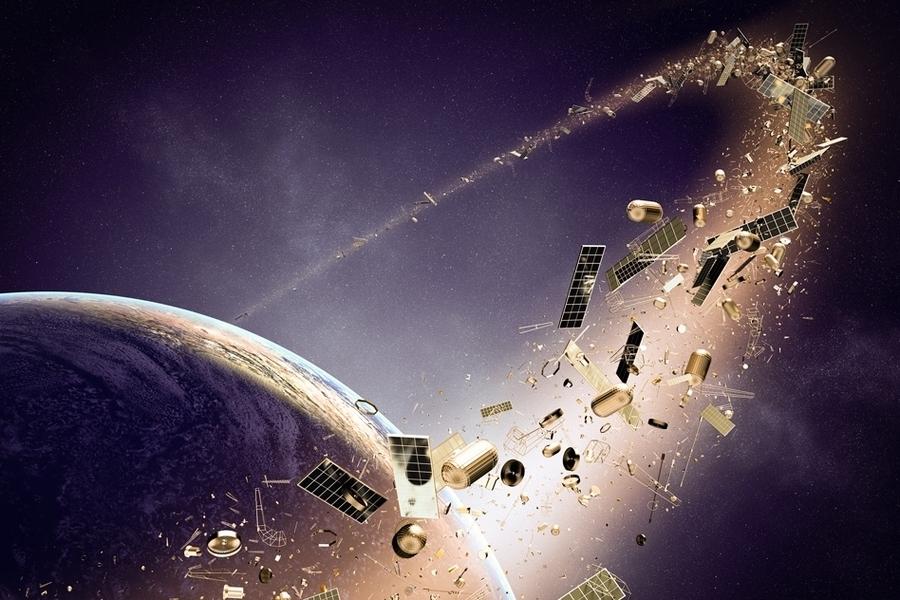After Sputnik 1, the first artificial satellite, was launched into space in 1957, the era of rapid development for space exploration began. In the following decades, the use of the space environment ranged from large-budget government missions to military purposes to, more recently, services like Internet, radio, and satellite TV. With satellites playing an increasingly important role in everyday activities, it becomes of utmost importance to consider and protect the well-being of the orbits they operate in.
This brings to light one clear threat to the well-being of this environment: space debris. Space debris, defined as human-made objects that no longer serve a purpose in Earth’s orbits, has been collecting at alarming rates in recent years, with more than 100 million pieces of debris that weigh around 6,300 tons now in orbit. This cluster poses numerous threats for the future security of space exploration and the global economy. Such concerns call for adding a resolution to our lists for this new year: taking measures to prevent further space debris collection.
One of the most notable satellites that started raising concerns for the safety of the space environment is Cosmos 954. This nuclear-reactor-based satellite was launched in 1977 by the Soviet Union, and just a few weeks later, it was reporting signs of having an erratic, unstable orbit. In January of 1978, Cosmos 954 entered Earth’s atmosphere and broke apart over Canada, its debris scattering across 600 kilometers from Great Slave Lake to Baker Lake and costing Canada around $11 million in search and clean up efforts. Although there were no major reported health risks, the reactor did fall in the form of radioactive micro particles, raising concerns for possible larger, more lethal accidents that could occur in the future. The probability of such incidents is only increased by the presence of space debris, which can violently collide with a nuclear-powered satellite at speeds near 15,700 miles per hour and send the spacecraft crashing down to Earth.
The concerns regarding collisions with space debris are not only limited to satellites with a nuclear reactor, as they pose a threat just as alarming to all other types of spacecraft from those that monitor the weather to those that facilitate essential communication services. Given that the global space industry produced $335 billion in revenue in 2016 and is projected to reach at least $1 trillion by the 2040s, it becomes clear how essential all space activity is to the health of the global economy. So taking steps to mitigate and reduce the amount of space debris in orbit as soon as possible is crucial since allowing space debris to collect at the rate it is now will render Earth’s orbits physically unusable and economically unprofitable, as predicted by the Kessler Syndrome, effectively crumbling the global economy and any chance to venture into space in the future.
From the physical health of communities to the security for future space explorations to the economic stability of various countries, space debris poses numerous dangers to the well-being of societies around the world. Although the urgency of addressing space debris can be debated since no major harm caused by it has been documented yet, its implications for the future should not be overlooked. Not taking action now would open the possibility that this issue escalates uncontrollably in the next few decades, echoing the repercussions of the climate change crisis. But this time we wouldn’t just be affecting Earth’s environment – we’d be affecting the space that stretches from Earth’s atmosphere to thousands of kilometers beyond.
So it becomes imminent to take into consideration not only the effects that space debris has had on society in the past and currently but especially the consequences it will have for the future. Because taking this one step to reflect, to consider, to jot down a new resolution would, truly, be taking a leap for mankind.

